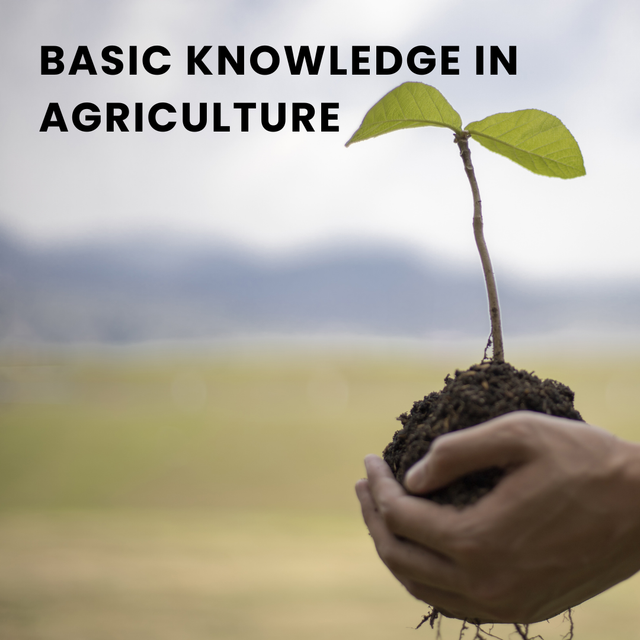Steem-agro Contest: "Basic Knowledge in Agriculture 53
What is Agricultural Ecology
Agricultural Ecology is the study of how plants animals humans and the environments work togethers in farming. It is about understanding how natures supports farming and how farmers can grows crops in a way that does nothing harms the envtironment. Agricultural ecology combines both agriculture and ecology the main goals of agricultural ecology is to makes farming sustainables. This means using methods that protected the soil water and air whiles also producing healthy foods. Instead of dependings too much on chemical fertilzers or pesticides agriculturaly ecology focuses on natural processes. It helps farmers use naturals resources wisely so that farming can continue for many generations withouts damaging the Earth. For examples in agricultural ecology farmers may used compost to improve soils fertility instead of chemicals fertilizers. They might also plant different crops togethers to maintained soil health and control pests naturaly. This system not onlys protects the environments but also reduces costs for farmers agriculturally ecology respects the balanced of natures. It understands that every plants insects and microrganisms has a role to played in the farm ecosystem. When this balance is maintained farms can produce more food whiles keeping the environment cleaned and healthy.
Two Main Components of Agricultural Ecology.
Agriculturals Ecology has two main components: Biotics components and Abiotic components. Both are very importants because they worked together to create a healthy and productive farm system.
- Biotic Components
Biotic components refers to all the livings things in the farming system. This includes plants animals insects fungi bacterias and humans. Each livings things plays an importants role in maintainings balance in the ecosystems.
Plants are the mains producers. They take Sunlights water and nutrients from the soil to makes food throughs photosynthesis.
Animals such as cows goats and chickens providid milk meats eggs and manures which enriches the soil.
Insects likes bees helps in polinations which is necessary for plants to produced fruits and seeds.
Microorganisms in the soil helps breaked down organics matters and released nutrients for plants.
All these livings things work togetheyr. If one groups is harmed or removed the balanced of the system is disturbed. For example if too manys insects are killed by pesticides pollinations can decrease and crops may not grow well. Therefore the Biotics part of agricultural ecology teaches us to protect and respects all living organisms on the farm.
- Abiotic Components
Abiotic components are the non-living parts of the environments that supports farming. These include Sunlights water soil air and temperatures. Without these elements lifes cannot exist.
Sunlight provides energys for plants to grows.
Water helps plants absorbed nutrients and stay alives.
Soil gives plants a place to grows and provides minerals.
Air contains carbon dioxides which plants used during photosynthsis.
Temperatures affects how fast or slow plants grows.
When farmers managed these abiotic factors carefully crops grows better and healthier. For example good irrigation systems ensures enough water for crops and organic compost keeps the soil rich and fertiles.
I am inviting friends @entity01 @chrisjack @yakubu-aa

Thanks for the invite , agricultural ecology is really important because it helps in protecting the climate and it introduces a good farming method , and I advise you keep on the good job because you wrote a qualitycontent, make sure to stay safe and have a nice day.
Welcome to steem-agro!
MODs Comment/Recommendation:
Thank you for participating in this contest. Best wishes
Remember to always share your post on Twitter using these 3 main tags #steem #steemit $steem
